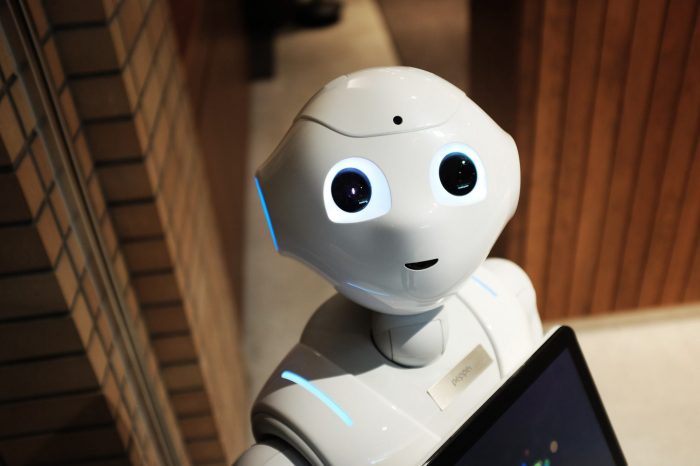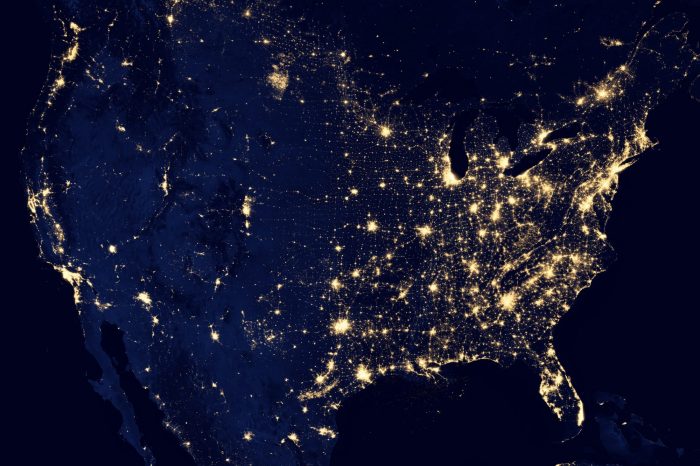The technology available to IT and cybersecurity experts has changed drastically over the last few decades. Improvements in technology has led to a wider scope in regards to what IT companies can accomplish, and how efficiently they can get things done.
And while people generally accept that IT has improved significantly over the last few years, not everyone is sure exactly what has changed. In this blog, we’ll cover many of the new and most innovative cybersecurity strategies that can be found throughout the industry today.

#4. The Cloud
The cloud is no longer a new technology, but it has changed so much about the modern world that it’s tough to capture its importance in one or two paragraphs. That’s part of the reason why we devoted an entire blog to the cloud that covers everything from what it is to how it’s used.
By offering users a secure place to backup and store all their information, the cloud has made life much easier for users, and much more difficult for cybercriminals. Also a benefit of the cloud is the fact that companies and users no longer have to manage physical servers themselves.

#3. Artificial Intelligence and its Uses
People have been hearing about artificial intelligence ever since the 1920s. But back then, A.I. was only found only on the big screen, and it was usually trying to take over humanity. While films and TV shows still have lots of fun with the idea of A.I. going bad (see Black Mirror, iRobot, etc), the technology has had some much more practical uses in cybersecurity.
Artificial Intelligence truly is the future of cybersecurity. But an article written by Forbes states that, “61 percent of businesses could not recognize cyberattacks without assistance from A.I. (in 2019),” so it seems as if the future has arrived.

#2. 5G Networks
As 5G networks begin to appear around the globe, people are thrilled with the improvements in connectivity. However, with these new networks come an entirely new set of cyberthreats that people in the industry have to adjust for. The networks are particularly susceptible to DDoS attacks.
Business insider may have put it best when they wrote, “The increased speed could make 5G devices more susceptible to DDoS attacks, which aim to flood victims’ servers with traffic in order to overwhelm and shut them down,” this is a challenge that has the potential to define much of the future of cybersecurity.

#1. Biometrics
Quite possibly the most impactful technological advancement in regards to cybersecurity was, and is, biometrics. Kapersky USA defines biometrics as, “ biological measurements — or physical characteristics — that can be used to identify individuals. Fingerprint mapping, facial recognition, and retina scans are all forms of biometric technology.”
Biometrics have not only made it much easier to access your iPhone, they’ve also made your personal data and information much more secure. Biometrics are also used by law enforcement to identify criminals and keep communities secure. The potential uses for this technology throughout our society are truly awe-inspiring.

Cybersecurity is an ever changing field. That’s why our team at M&H Consulting is an innovative, hardworking, and forward-thinking group of people. These 4 major tech advancements are proof that, in the cybersecurity industry, things change in a hurry.
Categorised in: AI, applications, Cloud Services, computer, digital
